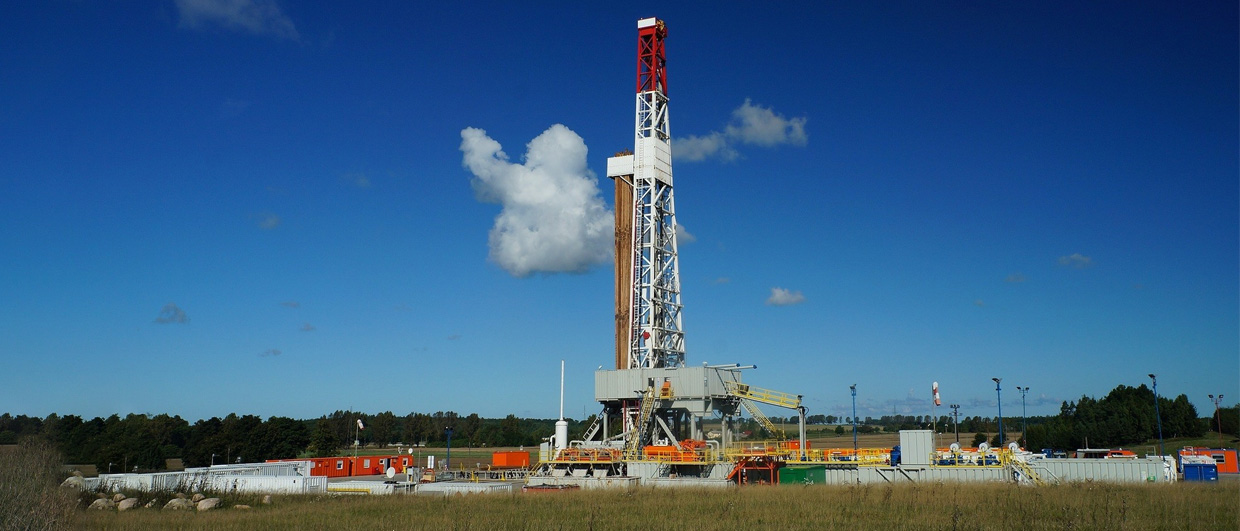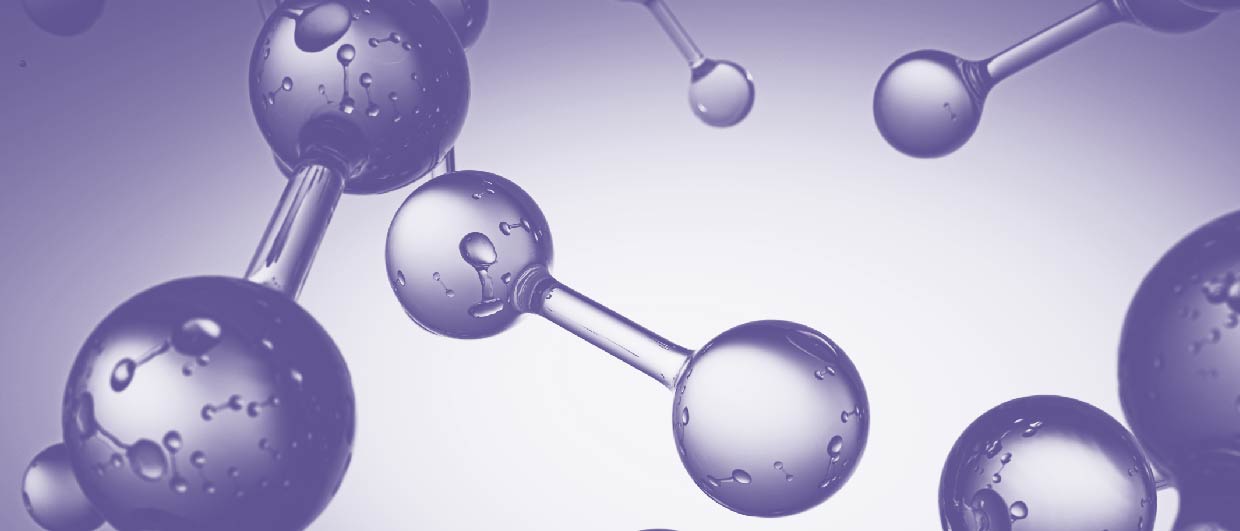The quest for affordable, low-carbon hydrogen is far from over. While well-established techniques such as steam reforming and electrolysis exist, they come with significant drawbacks in terms of cost and infrastructure. Hydrogen generated from organic waste in bioreactors presents a sustainable option, but scaling this process is challenging. Additionally, exploration for naturally occurring hydrogen is in full swing; however, economic reserves have yet to be proven.
As the search for the hydrogen holy grail continues, US-based company Eclipse Energy, previously operating under the name Gold H2, is innovating and combining known processes in a new way. They aim to create an anaerobic bioreactor within a depleted oil reservoir. This approach has several advantages: It reuses existing infrastructure, has ample feedstock at its disposal in the form of unproducible oil, requires minimal to no energy input for hydrogen generation, and avoids the need for water addition.
What does this process entail? Anaerobic digestion involves the breakdown of organic material by microbes in an oxygen-free environment. This process occurs naturally in many shallow oil fields (T <80° C) and is known as biodegradation. During biodegradation, microorganisms feed on hydrocarbon molecules, producing methane and acids while leaving behind a heavy oil residue. It is during the intermediate ‘dark fermentation’ phase that hydrogen and CO2 are formed, only to be subsequently reduced to methane. The key challenge is to create conditions that prevent this reduction, allowing the capture of hydrogen instead.
Another challenge is that fermentation rates in oil fields are typically low. Biodegradation occurs at the oil-water contact interface, where microbes are limited by the nutrients present in the water. They must constantly wait for fresh nutrients to diffuse toward them. Therefore, to stimulate hydrogen production, additional nutrients need to be introduced into the reservoir to accelerate fermentation.
Eclipse Energy tested this approach in the San Joaquin Basin in California. The climate tech company identified a legacy oilfield that showed no signs of biodegradation and introduced their proprietary blend of microbes and nutrients. As this mixture migrated through the reservoir, microbial activity was stimulated, leading to the conversion of residual oil. The produced gas contained 40 % hydrogen. While this appears to be a promising outcome, questions arise about the remaining 60 % of the gas composition. Hydrocarbons serve as feedstock; the hydrogen atoms are released as gas, but where does the carbon go? Is it transformed into carbon dioxide and / or methane? Or does the carbon remain fixed in the reservoir, and is most of the gas H2S?
The gas stream may also contain methane and other light hydrocarbons that exsolved from the residual oil. Without clarity on the remaining 60 % of the gas’s composition, it’s difficult to conclude that the hydrogen holy grail has been achieved. While the question was posed to Eclipse Energy, it went unanswered. The company chose to remove the question and close the comment section instead.





